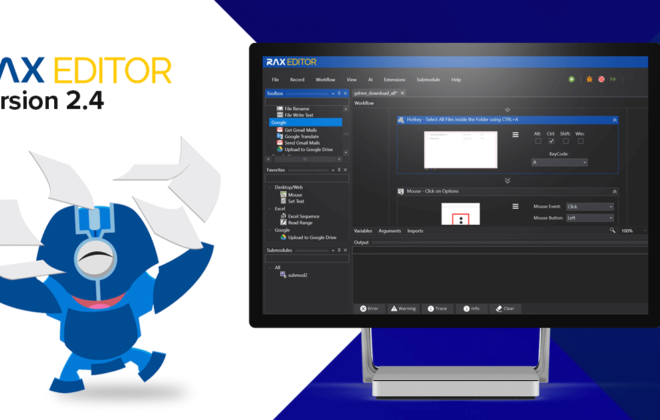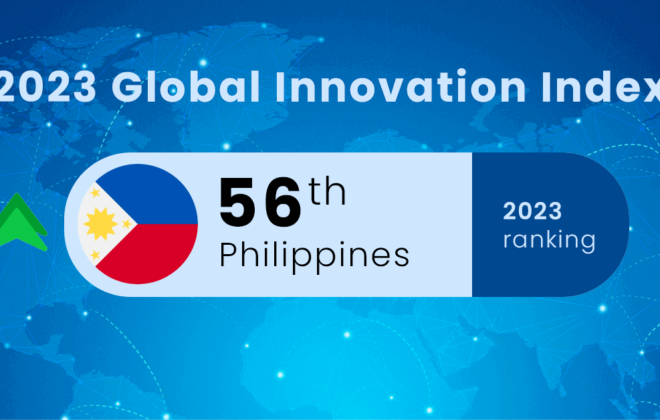The Future of RPA in the Philippines
There’s a lot that has been said about Robotic Process Automation (RPA) and most people still confuse it with Artificial Intelligence (AI). These terms are hard to take in even more so, digest their functions and components. That is exactly the challenge RPA Philippines founder and Monstar Lab managing director Allan Tan wants to address. What does this “digital revolution” mean for every working Filipinos and our economy?
To give a preview, RPA consists of robots that can automate repetitive, labor-intensive, and rule-based tasks. This emerging technology can also run through several industries that involved computer-related activities. It allows the workforce to improve work efficiency. Meanwhile, AI supports and enables RPA tools to teach themselves to analyze, identify, and generate data. For a more basic understanding of AI and RPA read: RPA Through the Years and Its Promising Future with AI.
RPA has been around for the last few years and has advanced considerably since then. As per the Artificial Intelligence Market Analysis report released by Research and Markets, the market size is growing at a rapid rate – from being valued at $641.9 million in 2017 to over $58.97 billion by 2025. These figures illustrate how RPA and AI have shifted from being science fiction to reality.
Despite these bullish forecasts, several industries have yet to fully grasp the pros and cons of automation. Top conglomerates have also branded RPA as one of the major disruptors in this digital age.
In light of these presuppositions, Mr. Allan Tan emphasized the need for Philippine business sectors to capitalize on this innovative technology.
Watch Mr. Allan Tan as he share his insights with Michelle Ong of ANC’s Early Edition.
RPA will Retain Work Competitiveness
Huge enterprises in the United States and Japan have been realizing the benefits RPA. More businesses in some developing countries are also becoming aware of them. Mr. Tan, however, raised the question about RPA familiarity in the Philippines. “The country might get left behind,” he pointed out in an interview.
With the vision that computers will change the workforce, Mr. Tan hopes to push local businesses to be able to adapt to the changing technology and retain the country’s competitiveness, especially in the business process outsourcing (BPO) sector. Imagine how RPA would solidify the Philippines’ seat as one of the top business process outsourcing (BPO) countries in the world.
RPA is relatively new and still in its evolution phase. There is still time for Philippine businesses to catch up and that time is now.
RPA will Generate More Jobs
RPA is presenting itself as the gateway to the promises of AI, one of which is reshaping the workplace into a blend of human and digital workforce, commonly known as software robots. This symbiotic relationship is expected to create many exciting, new career possibilities.
In a media interview, Mr. Tan highlighted how robotics can help improve work efficiency minus the layoff. A case study by RPA Philippines shows how automation helped its client company to save more than P40 million without having to kill their employees’ jobs. Mr. Tan noted how RPA is going to create “more work and projects for the industry.”
In a survey conducted by Pew Research Center in 2014, more than half (52 %) of the respondents agreed that while many functions will be taken over by machines by 2025, the creation of new types of job opportunities will outweigh the displaced jobs.
What’s Next?
A consistent problem that appears to slow down the exploration of RPA potentials is that our existing social institutions – especially the educational system – are not up to the challenge of preparing workers for the robotics-centric nature of employment in the future. The dilemma goes back full circle to questions of familiarity and experience in the RPA industry.
Mr. Tan stressed the need to upgrade our curriculum and come up with ways so students and aspiring tech-savvy individuals can easily adapt to this new technology. Referring to Monster Lab’s experience, he explained why it is more cost-saving to train software developers and even engineers than to hire experienced workers.
RPA still has many more growth areas. One can only imagine the full potential of software robots. To stay ahead of the digitalization curve, an organization should consider changing its mindset. Learn and develop digital strategies that suit your company. Retool and upscale your people so they can do more meaningful activities while working towards their emotions and personal development.





